|
Kids are full of questions. Why is the sky blue? What are you doing? How does that work? It can be exhausting sometimes to keep answering them, but it is exciting to see the wonder and awe when they see new things. Science activities are a great way to capture that wonder and seek answers. Doing experiments is fun and can answer many of those questions. Creating experiments using the scientific method helps students to think through the necessary steps for controlling the parts of an experiment so that they can repeat when necessary to test out different hypotheses.
It is important to have a question to answer before starting an experiment. Once you get your question, you can then make an educated guess or hypothesis about the outcome. This will help you to decide on the procedure and the materials needed to try to test out what you think might happen. Here are some fun questions to ponder and maybe create experiments for. • Is there a way to drop an egg from the roof without breaking it? • How does a string telephone work? • How do large boats keep from sinking? • How can you make an egg bouncy? • How do airplanes stay in the sky? • How is electricity made? • How do magnets work? Let's take a look at an experiment or activity that can be done to learn more about magnets. The objective of this experiment is to introduce primary children to the concept of magnets and their ability to attract certain materials. This hands-on activity combines learning with a fun scavenger hunt to engage and excite young learners. Question and HypothesesQuestion: Why do magnets pick up or stick to some materials, but not others? Ask students this question and get them to give you their hypotheses (These are their best guesses.) Materials NeededMaterials needed: - Small magnets (bar magnets or magnetic wands - Various objects made of different materials (paperclips, plastic toys, coins, aluminum foil, wooden blocks, corks, toy cars, etc. - Small containers or bags - Labels or cards with pictures of objects to find - Object checklist - Recording sheet - Pencil for recording Material PreparationPrepare small containers or bags with labels or cards featuring pictures of the objects to find. Attach the object checklist to the containers. Scatter a variety of objects made of different materials around the room or outdoor areas. Hide some of the objects if possible. ProcedureGive each child a recording sheet, a magnet and a container or bag with labels or pictures of the objects. Attach a list to each container. Explain that their mission is to use the magnet to find objects around the room and record whether or not they are attracted to the magnet. ObservationsEncourage the children to use their magnets to explore and observe which objects are attracted to the magnets. Have them record their observations on the recording sheet and check off the objects they find on their list. Results And DiscussionGather the children together to discuss their findings. Ask questions such as: - What objects did you find? - Were there any objects that the magnet didn't attract? - Were some objects easier to find than others? Check out the recording sheet and how the children classified the objects they found into the two categories: attracted to the magnet and not attracted to the magnet. ConclusionConclude the experiment by reinforcing the idea that magnets have special powers and can attract certain materials. Introduce the concept that magnets attract objects made of certain materials, such as iron and steel. Check the hypotheses and see if they were correct or not and discuss why or why not based on what they discovered. Extension Or Follow Up ExperimentExplain that magnets have special powers to attract certain materials and that they have a north pole and a south pole. Create an experiment and opportunity for children to test out magnets and their poles to see how they can attract or repel based on which poles are facing each other. This is just one example of how to capture wonder and excitement using the scientific method and experiments. There are so many different experiments to try. Enjoy exploring the world around with your students as they discover new and amazing things. Related PostsAs the holiday season approaches, we find ourselves surrounded by the warm glow of Thanksgiving and Christmas. It is a time when families come together, delicious meals are shared, and joy fills the air. The holiday season, with Thanksgiving and Christmas at its heart, provides a perfect backdrop for teaching about kindness, compassion, and gratitude. This is a time to think about how to add some festivities into our teaching as well as some special meaning. I love to use this time to help kids think about others and how we can make things happier or easier for them. Acts of kindness are a special focus at this time of year. Here are some ideas to try that might help foster a giving and caring spirit. Counting Our BlessingsWhen we think of Thanksgiving, we think of all the things and people we are thankful for. We start to focus on what we have and we start to count our blessings. Often we need to have these reminders as we live in a world of "all about me" bombardment. There are several ways to share our thoughts. One that works well is a "Thankful Tree". Have your students craft leaves out of paper, and on each leaf, they can write or draw something they are thankful for. These leaves can be attached to a tree displayed in the classroom, forming a visual representation of gratitude. Another way to focus on things that they are thankful for is to create a gratitude journal and write things in it that they are grateful or thankful for. Incorporate gratitude journals into your classroom routine. Have your students write or draw one thing they are thankful for each day. This practice helps them focus on the positive aspects of their lives and appreciate the little things that often go unnoticed. Here is a fall gratitude journal that I created that might work for you. Spirit Of GivingAs Christmas approaches, emphasize that the holiday season is not just about receiving gifts but also about the joy of giving. Share stories or read books that focus on the spirit of giving, such as "The Giving Tree" by Shel Silverstein or "How the Grinch Stole Christmas" by Dr. Seuss. Discuss how the characters in these stories experience joy and fulfillment through their acts of kindness. Acts Of Kindness ActivitiesPlan classroom activities that promote kindness and compassion. Encourage your students to do things to brighten up someone's day and make it special. Create an "Acts of Kindness" calendar for the days leading up to Christmas. On each day, include a small act of kindness that students can perform. These can be as simple as saying a kind word to a classmate, helping a family member with a chore, or making a holiday card for someone in need. Make it a fun daily ritual in your classroom to share stories of these acts and celebrate the good deeds your students have done. Here is a set of coupons that might be fun to hand out to others. Provide opportunities for your students to participate in activities in the school community that provide service to others. This could include participating in a food drive, collecting toys for underprivileged children, or visiting a local nursing home to sing carols and spend time with the elderly. When children see the impact their actions have on others, it deepens their understanding of the true meaning of the holidays. Different Holiday TraditionsEnsure that all students feel included during holiday celebrations. The holiday season is a great time to teach students about the diversity of cultures and traditions. Acknowledge and respect the diverse cultural traditions within your classroom. Teach your students about different holiday customs, fostering understanding and acceptance among classmates. Discuss various holiday celebrations from around the world. There are many different books that would work well for sharing the special holidays and celebrations that happen at this time of the year. The book "Horrible Harry And The Holidaze" shares aspects from several different holidays celebrated by different members from Harry's class. (My students enjoyed this because it was with characters they were familiar with from other books in the series.) There are many other ways to help kids to develop a spirit of giving. It might be fun to include them in the discussion and find out ways they would like to try out. This gives ownership and helps them to feel valued as well. Teaching our young students about the significance of kindness during Thanksgiving and Christmas is a priceless gift that will serve them well throughout their lives. By incorporating these strategies into your teaching, you can make the holiday season a time of both joy and valuable life lessons. Let's inspire the next generation to embrace kindness, compassion, and empathy, creating a brighter and more compassionate future for all. Related PostsAre classroom disruptions, kids not listening, friends bickering, and an unsettled environment driving you nuts? This was how I felt at the beginning of some school years until I made some changes to create harmony and a respectful, caring environment the norm. I remember one year, prior to school happening, we had a professional development day that caused me to rethink how I approached my class. During the keynote address, we were challenged with "Focus on what is going right in the world". We were encouraged to find what was positive and good and change our focus to that instead of letting the negative drive our day. That makes lots of sense, and it's probably something everyone wants to do, but the reality is, when negative things are happening around us, we can easily get derailed and begin focusing on that instead. I made a conscious effort that year to change my approach and it helped me to get through some very challenging years with surprising success. One thing I did was find ways for kids to save face after negative situations and give them opportunities to start fresh. I decided to work on ways to help kids remain in the classroom and not be sent out for misbehaviors. This was definitely challenging at times, and I admit, I wasn't always able to do so. I did have to maintain the safety of all my students, so there were times when I had no other choice. I started to focus on behaviors in the classroom that I wanted others to emulate. This was the start of my positive freckles. I had some small happy face stickers that I would put on the faces or hands of kids that I noticed doing things that I wanted others to do. It was fun to see how the kids reacted as they headed out to recess with freckles and how others in the class wanted to have the same. I also started handing out student tickets for work habits and other behaviors that I noticed during seat work time. These were collected in a container and at the end of each week I would draw names for prizes. (I collected small toys and trinkets for them to choose from.) I made sure that those who were struggling to behave positively were recognized as sometimes it is easy to overlook them for the ones who are always doing what is expected. It is important to make sure that they feel they have a chance or they will give up. The school started up a Gotcha program where tickets were handed out around the school for behaviors noticed by different staff members. Recognition was given to the students and some were rewarded with special treats at assemblies. This tied in nicely with the student tickets I was using in my classroom. There are several different variations of recognizing positive behaviors that have been used in classrooms. Another one that is quite popular is the warm fuzzy jar. This jar collects notes or objects and is used to acknowledge class behaviors and ultimately earn a class reward. The cool thing about this idea is the class can decide together what to work towards as a reward and the students can support each other so that they can earn the reward as a team. Sometimes there may be a student who requires more support to move in a positive direction. This will look different for each child, but ultimately, it will require a cheering section (classmates and teacher) and consistency. Giving attention for positive behaviors usually will help to overcome the need for getting attention by negative behaviors. It may take a long time and you may not see immediate results, but I believe that if we help kids develop positive self esteem they will behave more positively. Parents can also use some of these ideas to help with behaviors at home. Tensions rise as kids unwind after a long day at school and parents come home tired after a day at work. It is easy to have patience with other people, but it takes way more effort and patience to handle your own kids without frustration. Try using the warm fuzzy jar or some other type of recognition for positive behaviors and see how it goes. I set up these warm fuzzy jars for my grandchildren when they were feeling overwhelmed from moving to another city, getting ready to start a new school, and missing their friends and cousins. With all the stress and emotions, listening and being respectful and kind to each other was slipping and everyone was getting frustrated. Things calmed down quickly when they had something visual to focus on and tensions lessened. This didn't end some of the behaviors, but it did create more positive interactions and the negative behaviors were less frequent. In this case, each child decorated a jar and had colored pompoms to collect. A family jar was also created. When everyone was working together and the parents decided it merited a pompom they added one to this jar. The goal of reaching a certain number of pompoms for a special family treat was the incentive. Note: The other day I called them and they were excited to tell me they had more pompoms in their jars. They also helped with these pictures so you could see it in action. I encourage you to "focus on what is going right" and use whatever tools or ideas work for you to create harmony and a respectful, caring environment in your classroom or at home. Everyone will benefit from working together in a positive environment and this will enhance learning as well.
Have you ever had kids that just couldn't seem to get started writing or who would only write very basic sentences? The struggle to write descriptively is real for many younger children. They have limited experience with writing and often need support to get started. Here are 7 tips that may help to open the flood gates and get the ideas pouring onto the page. 1. Start with telling stories orallyKids love to share their stories and adventures with others. They often get very excited when they have ideas to share and they are eager to go into great detail if others ask questions and want to know more. Using this idea and explaining that writing descriptive stories is just putting down on paper what they would share when telling someone a story may help them to get started. Perhaps they could imagine questions that others might ask and make some notes of these and the answers to use as they start their writing. 2. Use the five sensesOne of the things that I found worked well with my students was finding words that fit the five senses. Using colors, shapes, textures, sizes, sounds, smells, and tastes are just some of the ways they can describe what is happening. I created some graphics and examples to help them see this in action. Check them out here. 3. Paint a picture for the readerUsing paintbrushes to create a picture is another tool that I used for my students that helped them to think of descriptive words. I would ask them to imagine that someone wasn't able to see an object. Then I would say, "How could you describe it so that they could get a really clear picture in their mind?" This helped them to think about different types of adjectives, and actions that could make the picture come to life. 4. Ideas first, conventional spelling laterMany kids are afraid to write because they don't know how to spell certain words. If they don't take a chance and get their ideas down on paper because they are afraid of spelling words wrong, nobody benefits. I believe it is important to get ideas down first and worry about correcting spelling later. Often the invented spelling is close and the stories are still readable. If the invented spelling is way off, it may be necessary to help with some of the words to help the story make sense, but nothing turns a person off more than a page full of corrections. It is important to validate the effort and then choose when to do a published copy with corrected spelling. Treat the initial writing as a draft that may or may not go to published format. 5. Choose topics for writingIf kids have a choice of what to write about, they still need to have some ideas to choose from. I use a heart that is divided in many sections and I get them to write down things they enjoy or that they are passionate about. I actually give them 2 identical hearts so that they can draw on one and write words to go along with the images on the other one. These hearts are kept in their writing book so they always have a list of go to ideas. 6. Do some examples togetherHaving an example to follow will help some kids get started. Here is one that I often used. The cat sat. The cat sat on the mat. The brown and white cat sat on the mat. The soft brown and white cat sat on the mat. The soft brown and white cat sprawled on the mat. The soft brown and white cat sprawled on the welcome mat. i could keep going, but I think you get the idea. Provide a checklist and criteriaIf you are planning on grading the students' work, it is important to provide a checklist or criteria so that they know what is expected of them. There are many different checklists and rubrics available. Here is a checklist that could be used for primary students. Descriptive writing takes time for many students, but if they are given lots of opportunities to write, it will improve. I hope these tips help to open those flood gates for your students. Related PostsSometimes it can be challenging to find activities that engage kids as the school year ends or during the summer. Puzzles are fun to do and they help keep kids active and learning at the same time whether they are at school or at home. They can also be done at many different times of the year. Puzzles can be great for challenging our brainsPuzzles can be fun to solve and they challenge our brains to think. They are a great way to make connections between what we know and what we want to learn or discover. They can be big or small, intricate or simple, for groups or for individuals.They can be done indoors or outdoors depending on the type of puzzle used. Types of puzzlesThere are many different types of puzzles available. Some require following clues, other require manipulating pieces. Some can be done wherever you are, and some require moving around or going to other locations. The type of puzzle you choose will depend on who is going to be solving it, what the purpose of the puzzle is, and how much time is available for it. If you are going to other locations, method of travel may also need to be factored in. Here are some examples of different types of puzzle: • puzzle hunt with encrypted codes • following a timeline or identifying key objects or events • scavenger clues hunt • team puzzle hunt (In class or with other classes) • unpublished geocache Puzzle hunt with encrypted codesThis can be done in many ways. One of the simplest is to find different signs in an area and find the hidden word on each sign to lead you to the answer. I recently did one of these with a group of students. It was done with smartphones, but it doesn't have to be that sophisticated. Pen and paper can work just as well. We moved around a park that had rocks with quotes on them. We needed to figure out the codes by counting lines and letters on each rock. The kids were broken up into groups of 4 and they were given a time limit to complete the challenge. Solving math equations or answering questions to find the codes could be added for a more difficult form of puzzle hunt. Following a timeline or identifying key objects or events (like in a local museum)Following a timeline or identifying key objects or events (like in a local museum) This could be as simple as going through an exhibit and putting events in the correct order, or answering questions about different objects located there. Questions or clues could be prepared ahead of time, and on a field trip to the museum they could be used as a tool for gathering information to be discussed as a follow up to the trip. Create a scavenger clue huntCreate a scavenger hunt for home or for the classroom that requires finding different clues for the final reward. Here is a sample from one that my granddaughter and I made for her younger brother and sister. I have created a free template for you so you can make up your own scavenger hunt. Team puzzle huntThe class can be divided into groups of 4 and create riddles or clues for objects in the room and then have other groups hunt for the object. This could also be expanded to objects in the school as a whole and other classes could be invited to participate in solving the puzzles. Unpublished geocacheUsing coordinates in the school vicinity, or a neighboring park or forested area, plan a geocaching adventure for your students. You can either hide more than one geocache and give different coordinates to each group of students, or you could create a multi-cache where they must find information to move on to the next location until they arrive at the final cache. If you make it an unpublished geocache, you can remove it afterwards and you won't need to ensure that it is far enough from other published geocaches. Puzzles can be lots of fun, but they are also great ways to get outdoors and use critical thinking skills. Related PostsSpring is here and so are the baby chicks, butterflies, and salmon fry. It is always so much fun to see these little animals as they appear in primary classrooms. The kids get so excited when they arrive and they want to check on them constantly. Many other baby animals are born or hatched in the spring as well. This is a great time to do research on animals. Life cycles of animalsUnderstanding animal life cycles is an important part of the broader study of life science. Many animals have fascinating stories in their transformation from egg to adulthood. Their journeys from egg-stage to adulthood have different processes depending on the kind of animal. Not only is the actual life cycle interesting to study, but also the habits and behaviors of the animals and the habitats in which they live. What are habitats?Habitats are the homes and natural environments where animals live and thrive. They range from deserts to forests, oceans to grasslands. They are special places where animals live, eat, and sleep. Every habitat has its own unique features, like temperature, terrain, and resources. Why are habitats important?Habitats provide food, shelter, and safety to animals. Plus, they play a crucial role in the balance of our ecosystem. Each species comes with its own set of needs and requirements that must be met in order for it to grow into a healthy adult. Different habitats and environments play an important role in this. As we explore the life cycles of animals, we can see how their habitats impact their lives. Some animals, like birds, build intricate nests to protect their eggs, while others, like kangaroos, carry their babies in a pouch. It's fascinating to see how different animals give birth, whether it's by laying eggs, hatching from an egg, or live births. In life science, we learn about the different stages of an animal's life, from birth to adulthood, and how they use their habitats to thrive. If you are looking for some resources about life cycles of different animals that can be studied at school, check out the resources below. Life Cycle Of A Chicken Life Cycle Of A Salmon Life Cycle Of A Frog Life Cycle Of A Honey Bee Life Cycle Of A Butterfly Poster And Activities Animals need specific things like food, water, and shelter to survive and thrive. Whether an animal lives in the ocean, the forest, or even in your own backyard, its habitat plays a crucial role in its life cycle. Plants also rely on the environment for survival. They thrive in different kinds of habitats just like animals do. Animals rely on the plants for food. Studying the life cycles of plants as well as animals help us to see how they depend on each other. Grab a free copy of this life cycle template that can be used for animals or plants. If you are looking for templates to do research on animals, check out these templates. I used these templates as graphic organizers when my students did powerpoints about their animals. Whether they are studying animals or plants, kids will find out fascinating information and hopefully they will have a better understanding of how important it is to protect the environment and the habitats of these living things. Related PostsSpring time is here with it's changing weather and new life everywhere you look. This year the saying April showers bring May flowers is very true. We are still waiting for the warmer weather and more sunny days, but we do get hints of this every so often. This is the perfect time for planting seeds inside and watching them grow. Kids are always amazed to see the first sprouts and watch the little seed turn into a plant. These plants can also be taken and placed in the garden when the weather warms up. I still hear from former students about the beans or tomatoes they harvested from their little seed that they planted in class. Different ways to plant seedsIf you are looking to do more with your seed, there are various ways to plant it so that the kids can observe it's transformation. Here are some methods we used successfully in my classroom. One method that was fun to do with my students was the CD case method. We took empty CD cases and added some soil and the seed into the case and then made sure that the soil was moist. We placed the cases in a dish rack in a sunny place. Periodically we added a little more water to keep them moist. The clear cases made it easy to see the seeds sprout. Once the leaves started to form, we transplanted the seedlings into pots so they could continue to grow. Another method we used was peat pucks in a tray. We moistened the peat pucks so that they expanded, and then we placed the seeds in the center of the pucks. We kept them in a tray and watered them regularly so they didn't dry out. When they sprouted and started developing leaves we placed the puck in a pot with soil in it so they had more room to grow. Planting seeds in eggshell pots is another great idea. They can be transplanted with the eggshells right into the garden when they are ready. Of course, there is always the more traditional method of adding soil to a small pot or cup and placing the seed in the soil. This is easy to do and it saves transplanting the seedling multiple times. It also works well as a gift for mothers on Mother's Day. What do plants need for growing?There is more to planting the seed and just letting it grow if you want your students to understand what plants need and how plants grow. Sometimes this can be demonstrated by having a seed that doesn't get what it needs as a visual reminder. Perhaps it can be placed in a spot where it doesn't get sunlight, or maybe it can be left to dry out. Another option is to overwater it so that the seed rots and doesn't grow. Here is a resource that helps kids to learn about plants and their needs. It uses pictures and a small written exercise to help kids understand. This will help them take steps to make sure their plants needs are met and that they grow into healthy plants. To make growing plants more interesting, it helps to keep a journal of what is happening. I created this little observation journal for our bean plant and it was a great reminder of all that happened as the seed grew into a bean plant. I also created a more generic journal that can be used with other plants. You can get a copy here. There are so many different types of plants that kids can grow and study. Learning about the different life cycles and how the different types of plants grow is surprising for some kids. You can check out several different plant life cycles and resources here. I hope your students enjoy learning about plants as much as mine did. Happy planting! Related PostsWhen babies take their first steps, they wobble and they often fall. With help and practice they begin to take steps by themselves. Before long they are running and they are able to hop, skip, and leap over things. Baby steps lead to bigger steps. That is true in all areas of life including Math. The basic facts are the baby steps that lead to more complex and abstract skills. Once the basic steps are mastered, it is time to move on to more complex problems using double and triple digit numbers. Complex problems can be daunting, but the good news is that there are many strategies that can help. Looking for tensThis strategy involves breaking down the big numbers into smaller, more manageable ones. We search for numbers that can easily be combined or subtracted in groups of ten. Finding pairs of numbers that add up to ten make calculations easier. It's like a treasure hunt where we search for numbers that can make adding and subtracting easier and use that knowledge to solve more challenging problems. Using A Number LineNumber lines are a great tool for addition and subtraction. They provide a visual representation to help with seeing how numbers relate to each other. Kids can see the steps needed to get from one number to another and it helps them to understand more complicated calculations as they hop to the answers. Regrouping Using Base Ten Blocks And MoneyRegrouping is another strategy used when working with larger numbers. Using base ten blocks as you practice this skill will help with visualizing why we regroup and what it really means. Regrouping is really just trading ones for tens or tens for ones which helps to make calculations easier. Once the concept of regrouping is understood there are several other ways to help with remembering how it works. My favorite is banking. I teach my kids to take 10 pennies and trade them for a dime when adding. If they don't have enough pennies when doing subtracting, I tell them to go to the bank and trade a dime in for 10 pennies. As they move on to 3 digit addition and subtraction I tell them that 10 dimes makes one dollar so they can trade dimes for dollars or dollars for dimes when doing their calculations. Working With Expanded Notation And Combining PartsWe also have expanding notation which allows us to break down numbers into their individual digits. This helps us to see the value of the individual digits and it also helps us to add similar values. We can also use expanding notation for figuring out subtraction. See the image below for an explanation and example. Standard Algorithm For AdditionMany of us grew up with an algorithm for addition. This is still valid today, but it is important to understand how it works and what we are actually doing when we use it. Most often we stack the numbers one under the other and make sure that the digits line up. The ones would be added and then the tens would be added. For regrouping, you would need to carry the extra tens and add them to the tens column. See the images below for an example. Standard Algorithm For SubtractionThe standard algorithm for subtraction works the same way, but when regrouping we need to take from the tens column and add it to the ones column when we don't have enough ones to do the subtraction. See the images below for some examples. Anchor Charts For Addition And SubtractionWhen learning the basic facts for addition and subtraction, many strategies are taught and practiced. Each person will have some strategies that work well for them and they can apply these strategies to more complex questions. Get a free copy of these anchor charts by signing up for my newsletter. If you are interested in some practice worksheets to go along with the different strategies, check them out here. I hope you find these tips helpful as you continue to guide your students through the complexities of math. Related PostsDo you know your basic facts? This may seem like a silly question, but there are many people who struggle with the basics and this is why math is so difficult for them. When I worked with intermediate students that were struggling, I discovered that they were missing the building blocks that would help them with more complex situations. They didn't have a solid foundation and they struggled to find strategies to help. Math is all around us and it can be frustrating if we don't have a good understanding of how to use it well. As a primary teacher, I know just how important it is to start building strong foundations in math. Learning basic facts is like laying bricks for a sturdy house - without them, the structure can easily crumble. Fortunately, it is never too late to master the basics and improve math skills. There are many different strategies and approaches available to accomplish this. I would like to focus on a few addition strategies today. Basic Facts Addition StrategiesMoving from concrete to abstract is important, but first it is necessary to make sure that the foundation of basic facts is solid. Using manipulatives and simple strategies help to make sense of the different concepts, so don't be too quick to remove them as you try out the strategies shown here today. Adding zeroAdding zero is a concept that can be demonstrated easily with concrete examples. When nothing is added to something, there is no change. As you can see in the example below, it doesn't matter if the zero comes at the beginning of the number sentence or the number of objects comes at the beginning of the sentence, the answer still stays the same. Turn it aroundIt's funny how our brains work sometimes. We can figure things out faster when we see a question shown in a certain way. Both of the number sentences below have the same numbers in them, but for some reason it may be easier to recognize the answer faster looking at one of the sentences. That is the beauty of understanding that the cummutative principle of addition means we can turn the question around and still get the correct answer. We may not use the formal term when we teach this strategy, but the visual makes it clear. Counting onCounting on is a strategy that is well used for addition. Think of the number of times you may have noticed a child using fingers to count on when figuring out how much more is added. Maybe you have used your fingers to figure things out as well. Using a number line is another great visual for counting on. Place your pencil (or finger) on the first number in the sentence and count on the number of spaces of the second number to get your answer to the question. Making tensMaking tens is a great way to help with figuring out addition questions. Start with looking at different ways to make ten using dice, fact families, number bonds, and ten frames. Making Tens And MoreAfter becoming comfortable with tens you can add in some of the larger numbers to figure out other basic facts. For example: If you know that 8 + 2 = !0, then for 8 + 9 , you can take 2 from the 9 to make 10 and that leaves 7, so 10 + 7 = 17 See the image below for a visual representation. DoublesLearning doubles can be a very helpful strategy. Here are some pictures that can be used as reminders for the doubles for each of the numbers from 1 to 9. There can be other images substituted for these depending on what may work for your students. It will take practice to remember these hints. An anchor chart might also help. eyes for 1 + 1 : easy to remember because we have 2 eyes domino with 2 + 2 : counting by twos also works using dice with 3 + 3 : shows the two rows of 3 dots spider legs for 4 +4 : spiders have 8 legs hands for 5+ 5 : counting by fives works as well carton of eggs for 6 + 6: a dozen is 12 calendar for 7 + 7 : each week has 7 days 2 octopus for 8 + 8 : each one has 8 legs 18 wheeler for 9 + 9 : each side has 9 wheels Near doublesSometimes it helps to use doubles and add one when you need to add two numbers that are close together. For a simple example, check out the image below. Some facts are harder to remember than others. This strategy can work well for some of these situations. For instance, many struggle with 8 + 9. If they double the 8 and add one, it can help. Here is an addition mandala that is fun to do and helps with practicing basic facts in addition. It comes in both English and French. Get a free copy by signing up for my newsletter. There are other strategies that can be used as well, but I wanted to focus on a few tried and true strategies that my students have used. Once the basic facts are solid, moving on to more complex addition will be easier. I will share ideas about more complex addition in a future post. For now, I hope that these ideas and strategies help your students to build a strong foundation in math. Related Posts Does the following sound like something you might say? "I want to do guided reading, but I teach French. How can I make it work with kids that have limited French language skills and who are afraid to speak? " I know it can be more difficult with a second language, but it is possible to make it work successfully. Benefits of guided readingFirst of all, you need to understand why guided reading is something to consider. In most classrooms, kids learn at different speeds and they have different levels of comprehension and language skills. Teaching to the whole class at once doesn't always meet the needs of every student. Working in smaller groups helps with targeting information that is needed to develop language skills and comprehension and this helps build up confidence. Each group can work on material that's appropriate for their skill level. It works for those who need extra support, those who are doing okay, and those who need enrichment and a challenge. Those that need more support are able to get it in a safer environment. They will take more risks if they feel encouraged and less intimidated. This will help them to build confidence and be successful. Guided reading and FrenchWhen it comes to teaching FSL with guided reading groups or center activities, the challenge can be greater because of limited understanding of the language. However, guided reading groups can give French beginners the chance to engage with the language in meaningful ways and practice their new skills. They also gain exposure to French in a supportive environment. Although I don't have a lot of experience with using guided reading in French Immersion, I can tell you that when I was volunteering in a Grade 1/2 French Immersion class, the small groups that I worked with behaved in a similar manner to those guided reading groups I had in my English classroom. If you choose to do guided reading, it's important to make sure that you have centers set up with appropriate activities and materials for the groups that are not getting direct instruction. At any guided reading center or station, it's important that all participants are given the opportunity to practice their French whether they are working independently or with a partner. There are definitely challenges to running a guided reading program in early French Immersion classes due to the language skills needed, but it is doable once they have some basic skills. Later on in first grade or in second grade, most students should have enough language skills to handle independent activities at centers if they are taught how to use the different materials and activities. Extra adult support would be helpful so that multiple stations could be used. If not, you may need to work with any group receiving direct reading instruction while the rest of the class is working on one or two different activities. Center ideas and activitiesif you are able to run multiple centers there are many different activities that you can try. Here are 4 different types of centers that you could consider along with possible activities that can be done at them. Vocabulary center- alphabetizing exercises where words must be sorted into alphabetical order; - matching word cards with images - flashcards games - word bingo - sorting task cards by sound or rhyme Sentence building and words center- Sentence building and word games - word searches - crosswords - sentence building using word wall or word banks - sentence scrambles - silly sentences Listening and recording center- listening to French songs - recording stories read - reciting a poem in French - engaging in audio reading where they can listen to a story and respond to questions afterward. Writing center- creative writing assignments in French that focus on feelings and emotions; - responding to text-related questions to build on comprehension skills - French comprehension worksheets - filling out simple dialogues with pictures to teach common words and phrases - making storyboards - sequencing images to create stories Other activities to develop French language skills- role playing skits - partner reading where students help one another with words they don't understand, - creating a story together with a partner using select vocabulary words - using both auditory and visual clues while giving directions in French - comprehension quizzes on text that they have read Directed reading group ideasTo help ensure beginning students become proficient French speakers, there are several easy-to-implement French activities that can be applied to your directed guided reading groups. Examples include dictation exercises, introducing stories in chunks and practicing context specific vocabulary; practising letter recognition, phonemic awareness and word building activities; drawing story maps to help narrate the plot; playing dramatic storytelling games or roleplaying French dialogues. French Language ResourcesHere are some French language resources that I created and used in the classroom while volunteering. They may be helpful as you set up different activities and centers for your class. Themed vocabulary word match activities vocabulary task cards emergent readers escape room activity word games and activities Using guided reading and centers in French classes can be challenging, but it can also be very rewarding. By using creative tips and tricks to engage your students in their learning environment, they are sure to see progress. Here is a new French resource that you could use for vocabulary work or sentence building. It has 81 high frequency French words with the English translations so it can be used for a variety of different activities. Related Posts |
About Me Charlene Sequeira
I am a wife, mother of 4, grandmother of 9, and a retired primary and music teacher. I love working with kids and continue to volunteer at school and teach ukulele. Categories
All
|
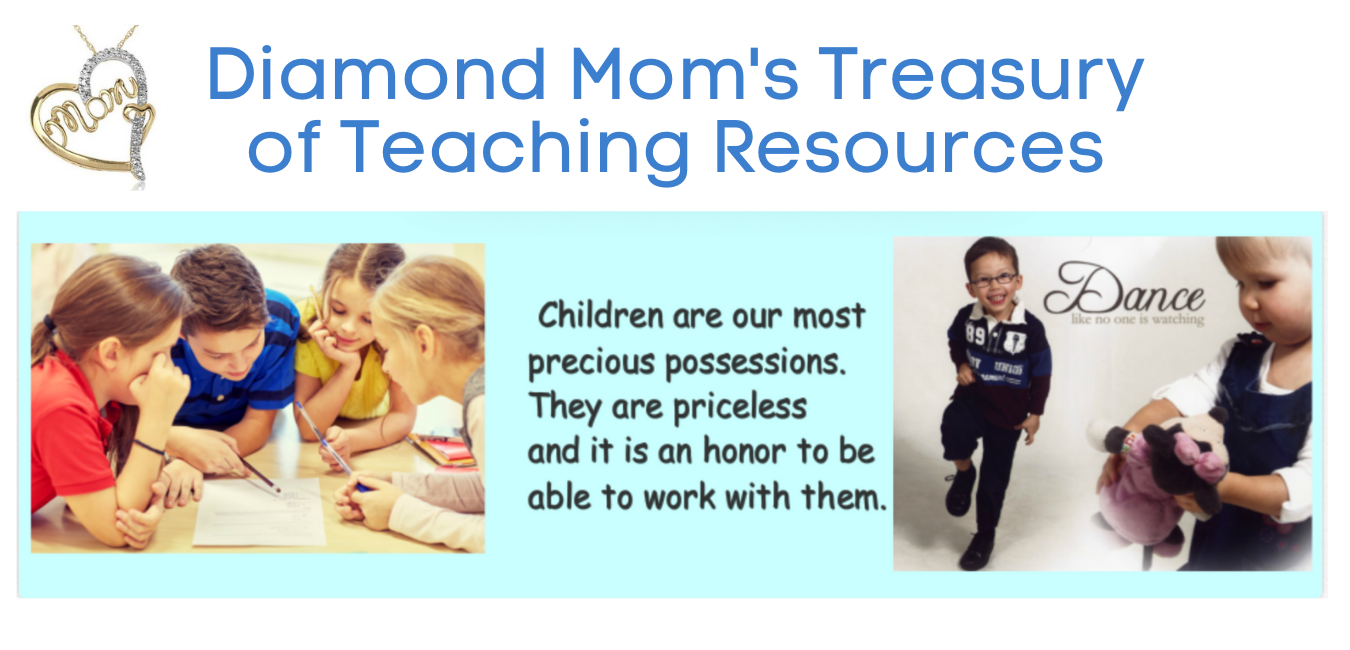
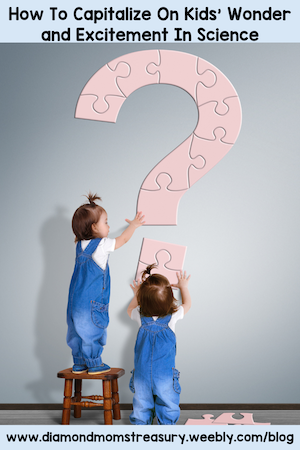
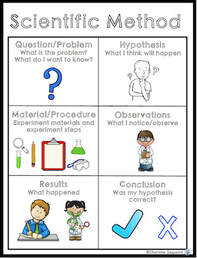
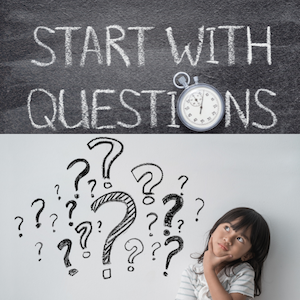
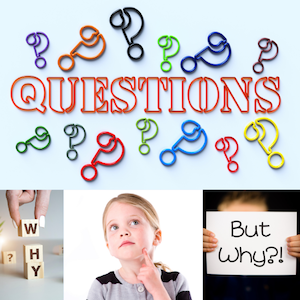
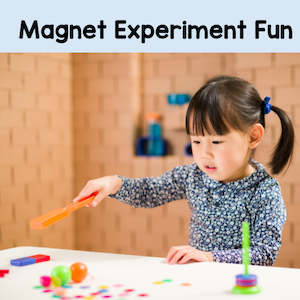
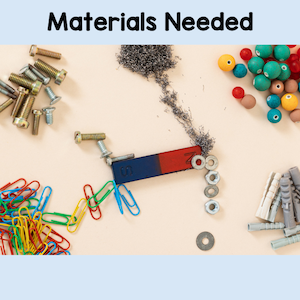
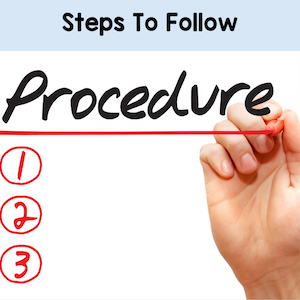
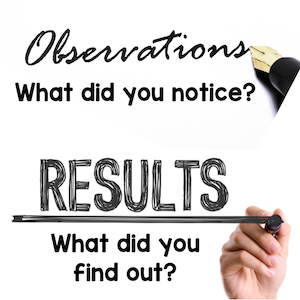
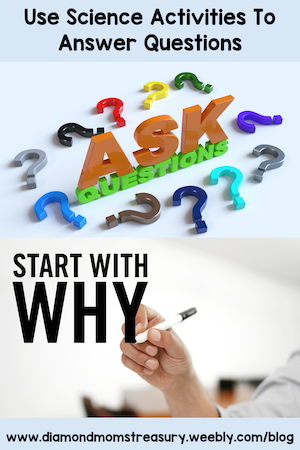
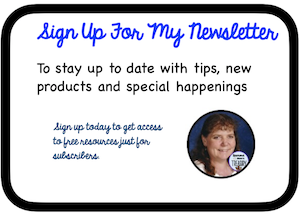
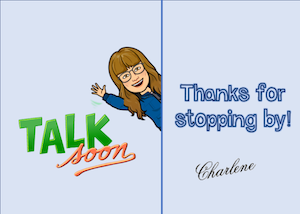

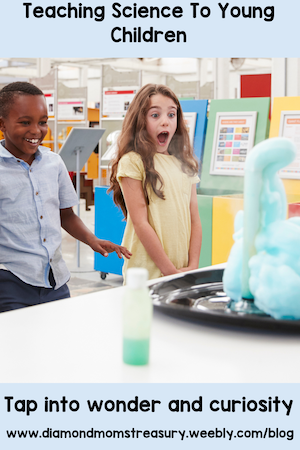
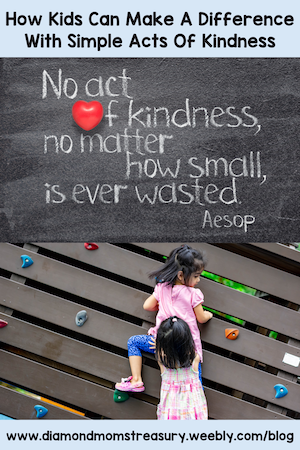
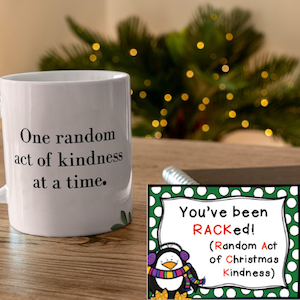
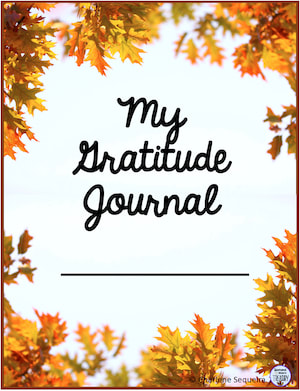
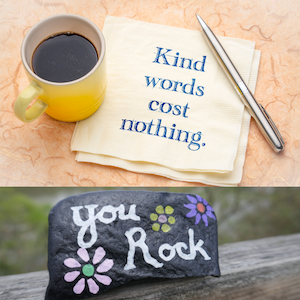
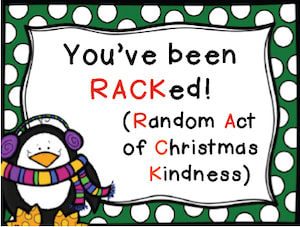
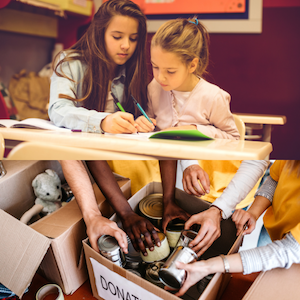

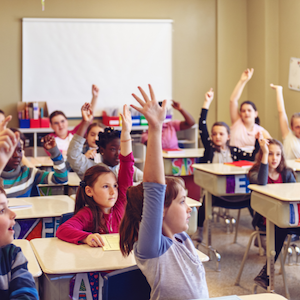
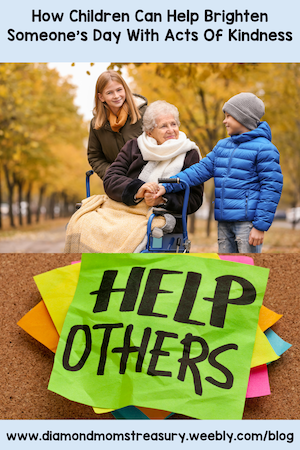
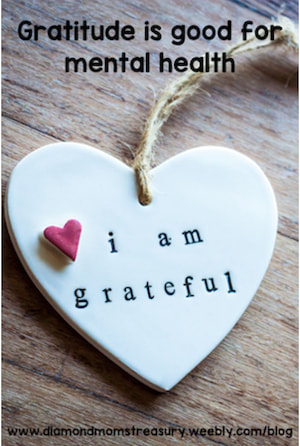
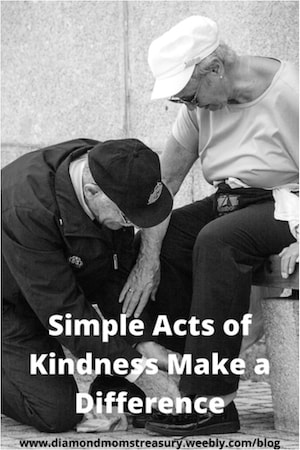
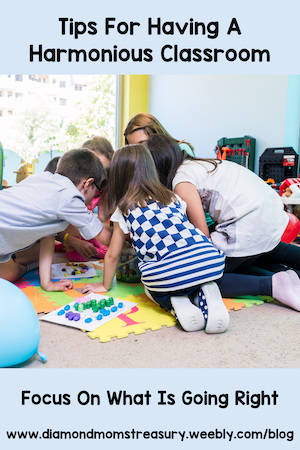


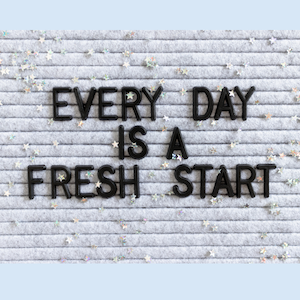
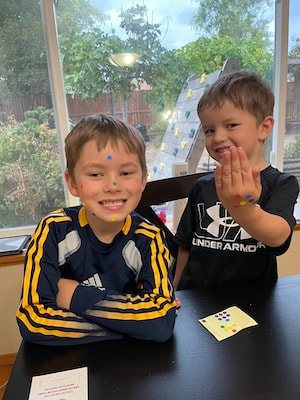
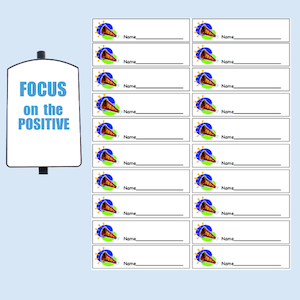

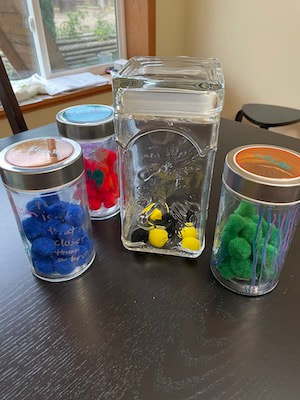
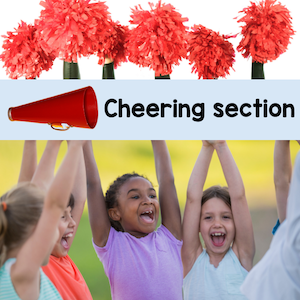
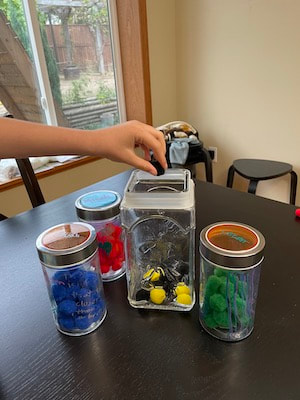
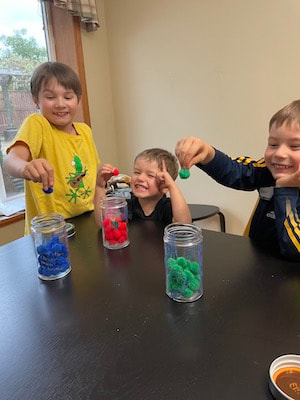
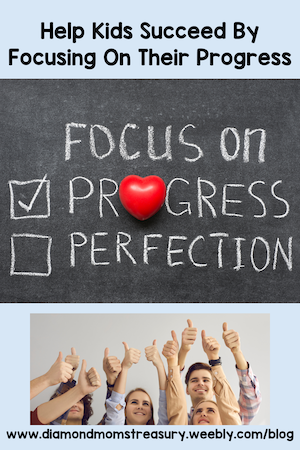
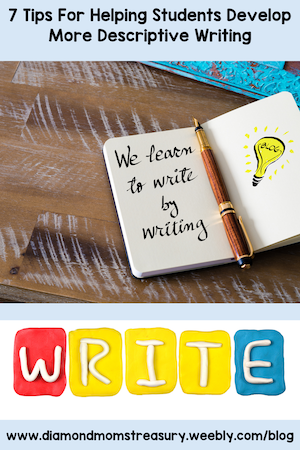
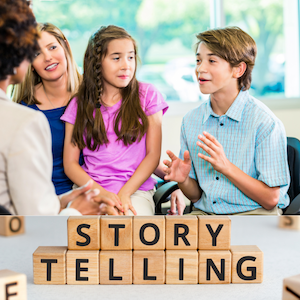
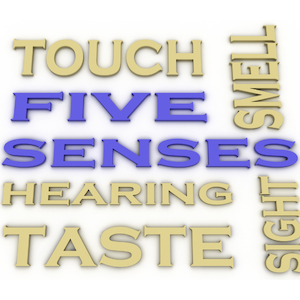
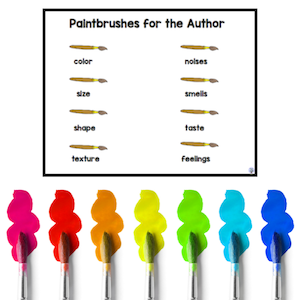
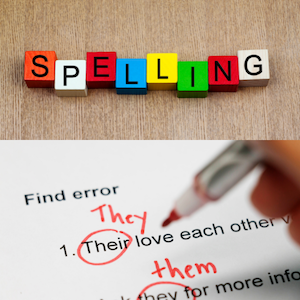
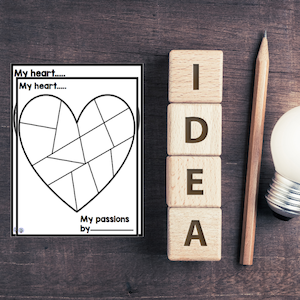
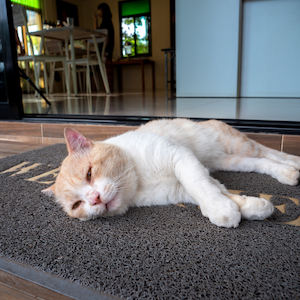
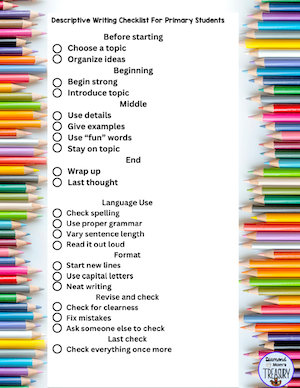
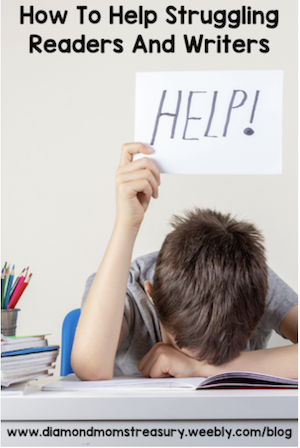
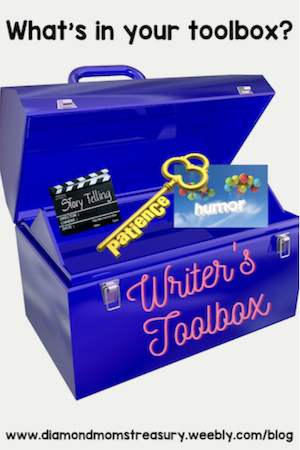
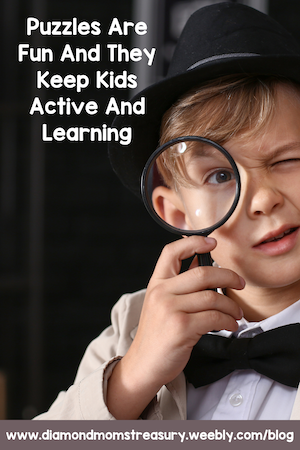
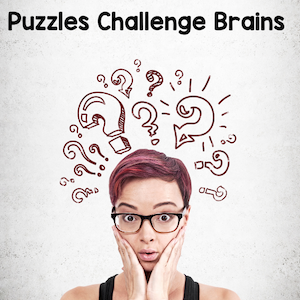
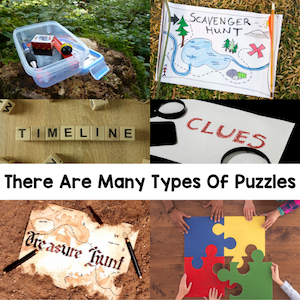
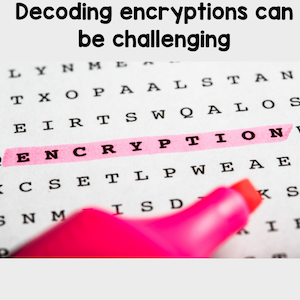
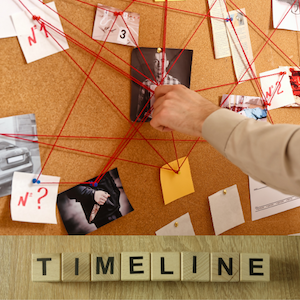
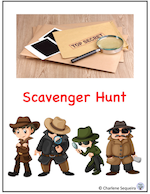
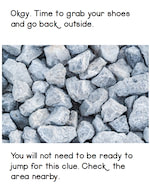




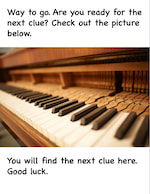

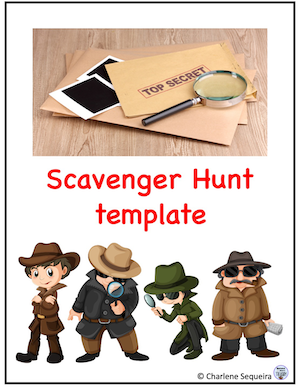
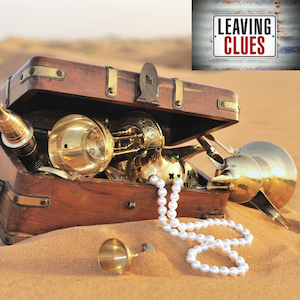
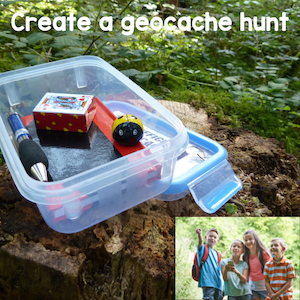
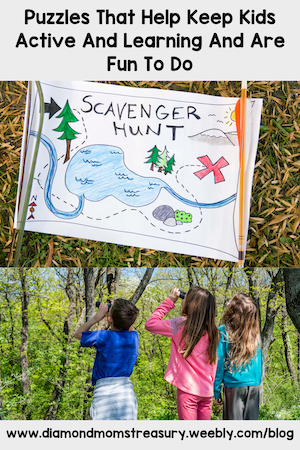
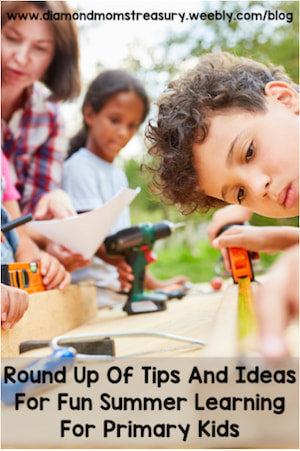
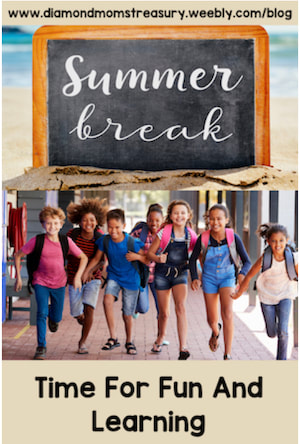
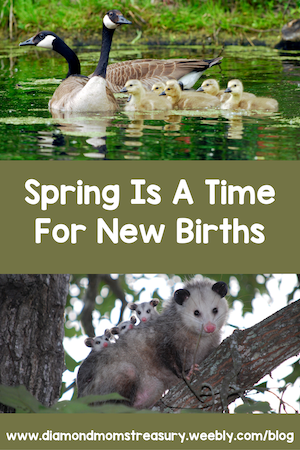
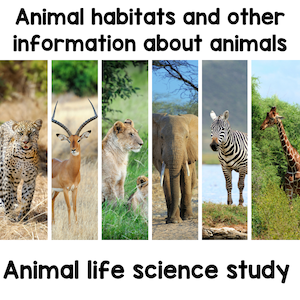
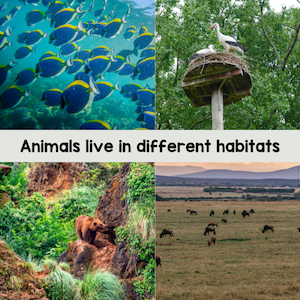
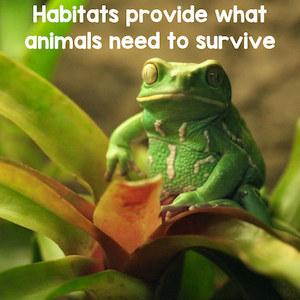
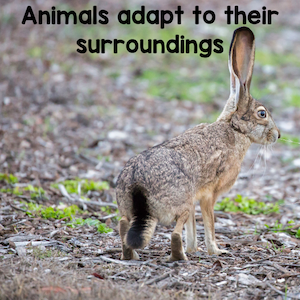
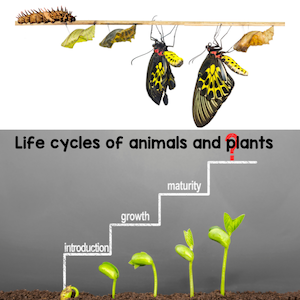
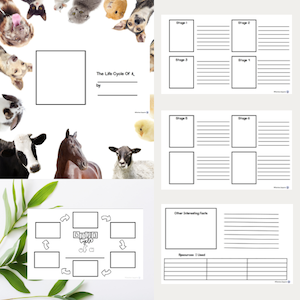
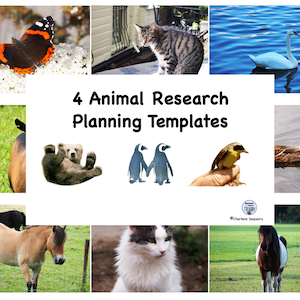


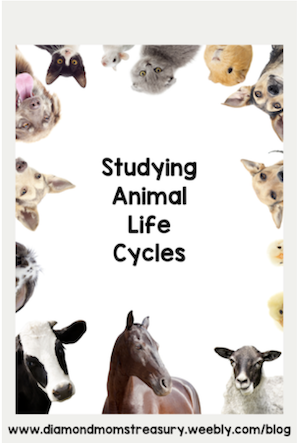
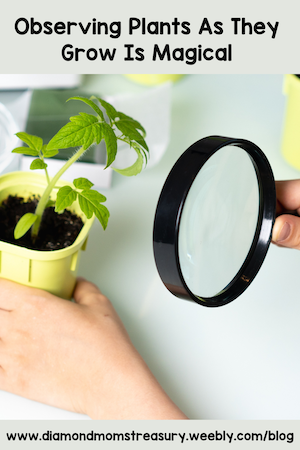
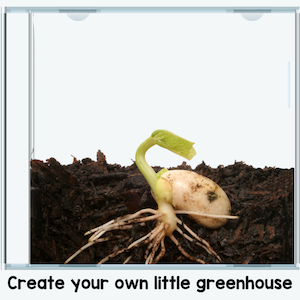
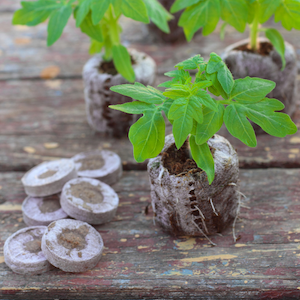
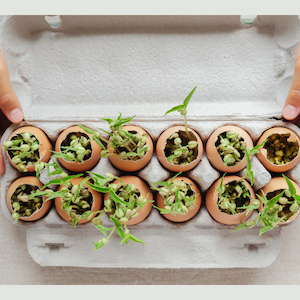
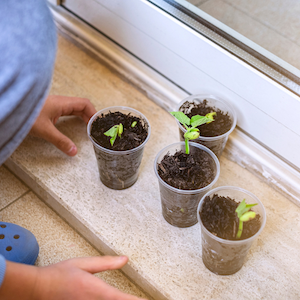
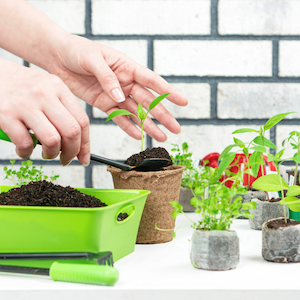
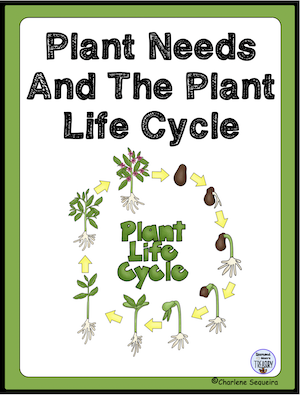
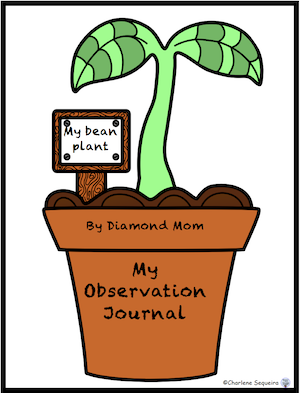
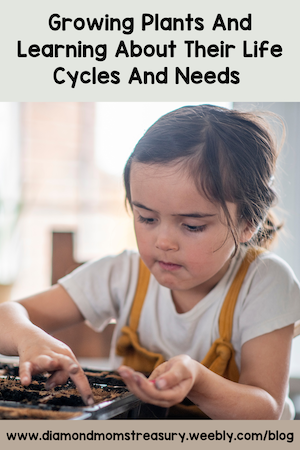
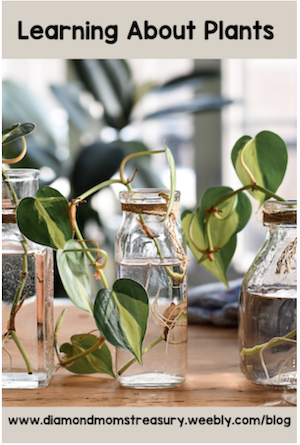
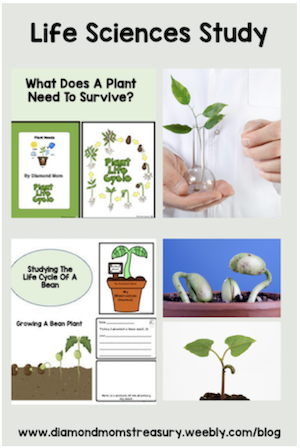
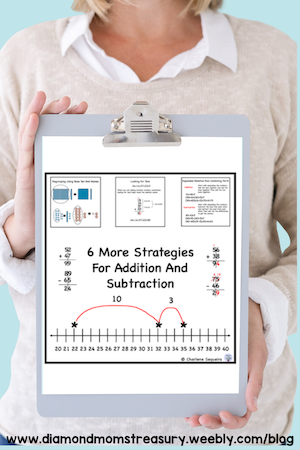
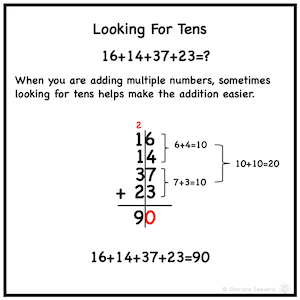
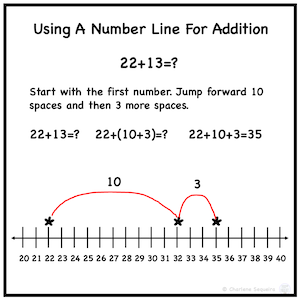
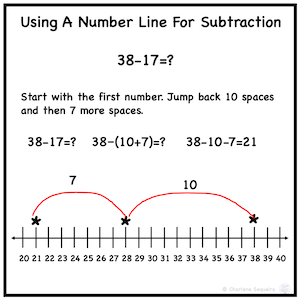
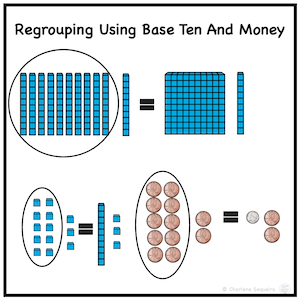
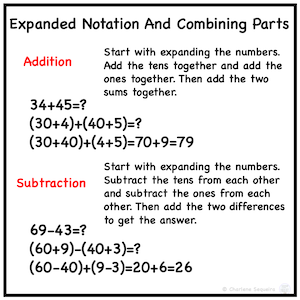
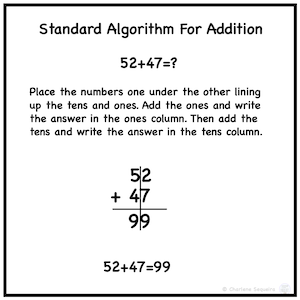
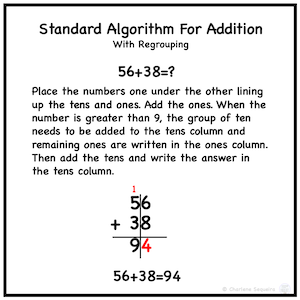
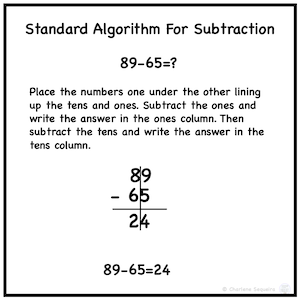
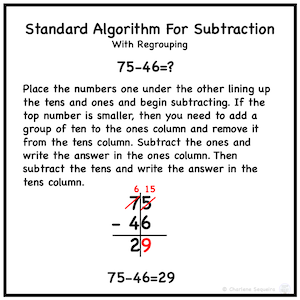
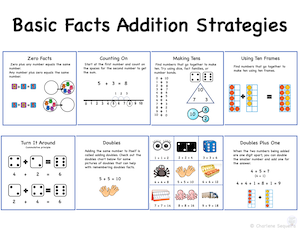
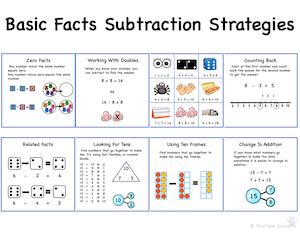
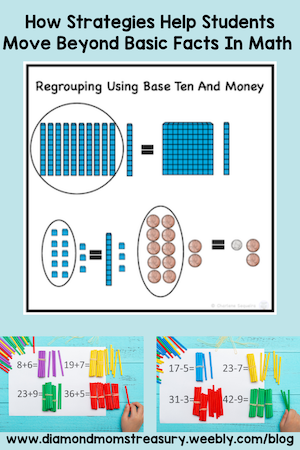
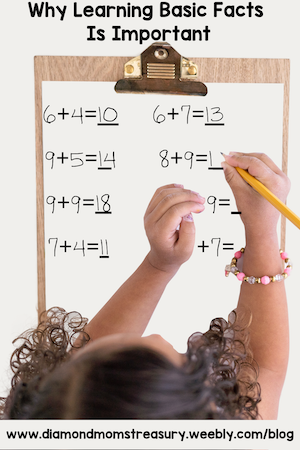
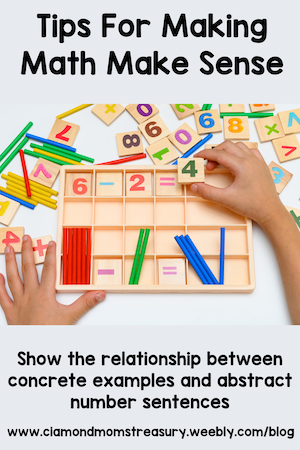
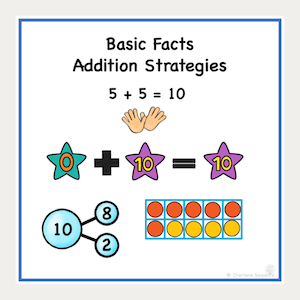
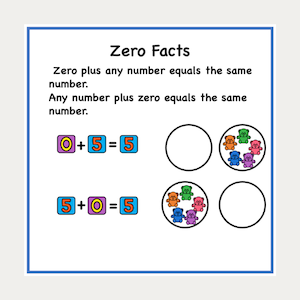
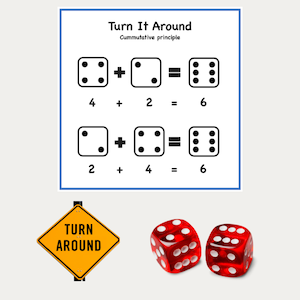
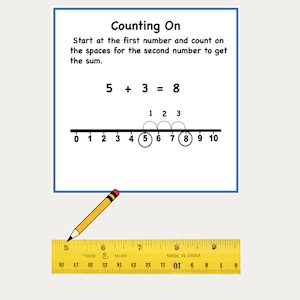
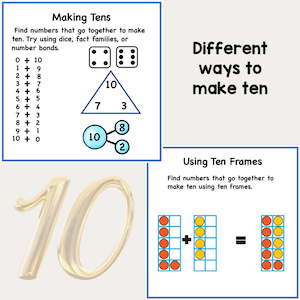
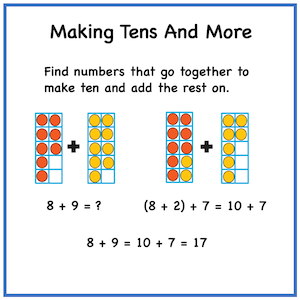
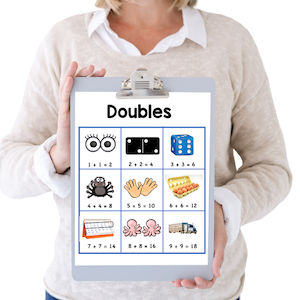
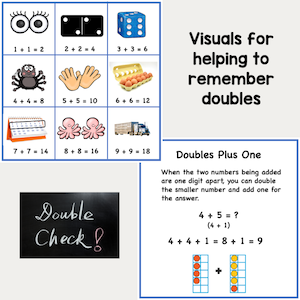
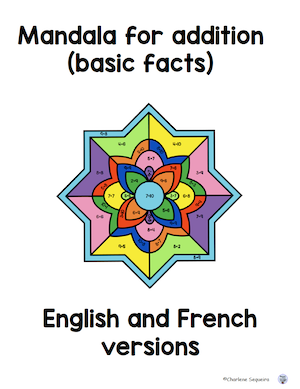
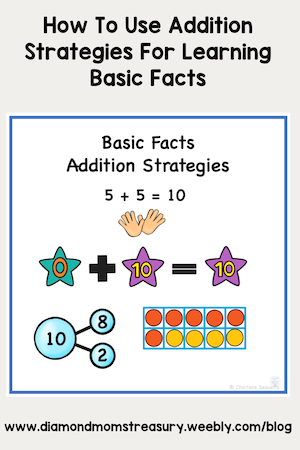
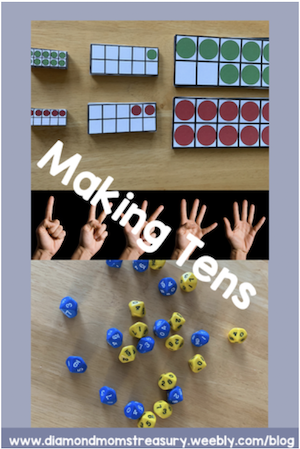
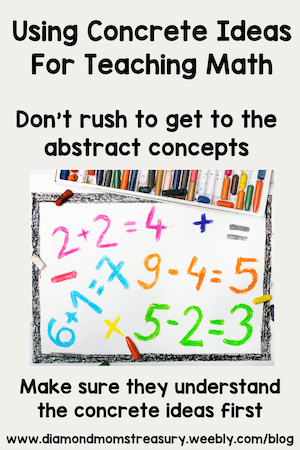
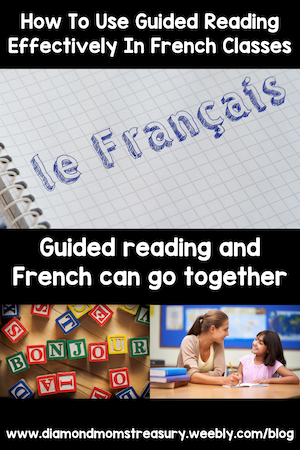
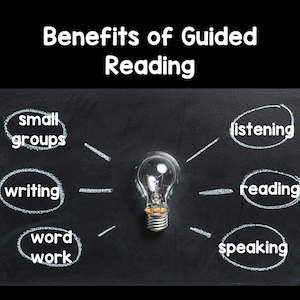
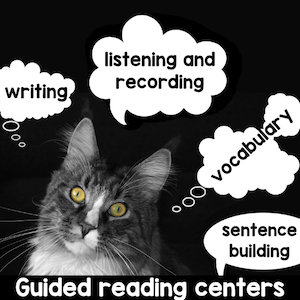
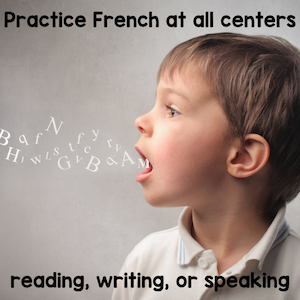
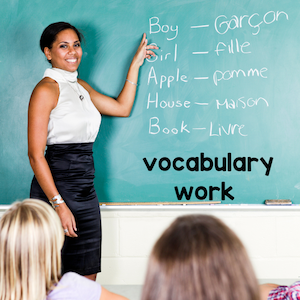
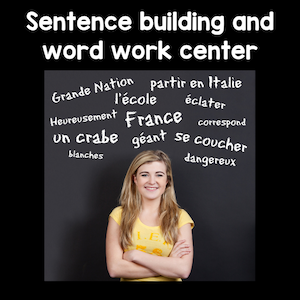
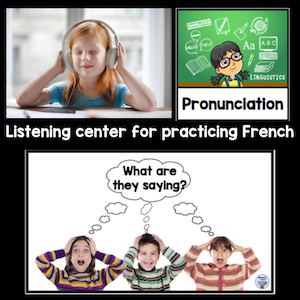
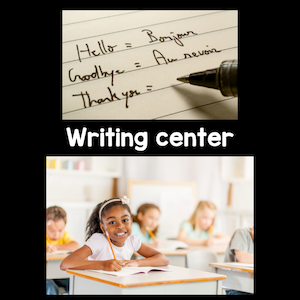
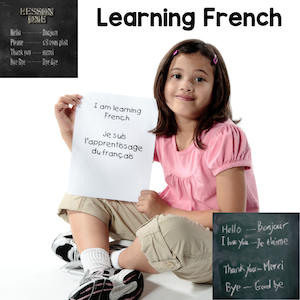
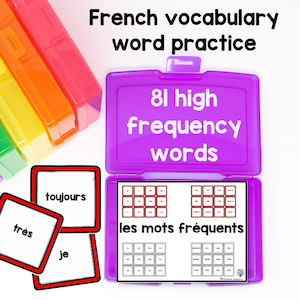
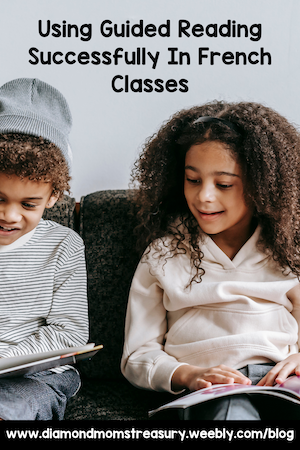

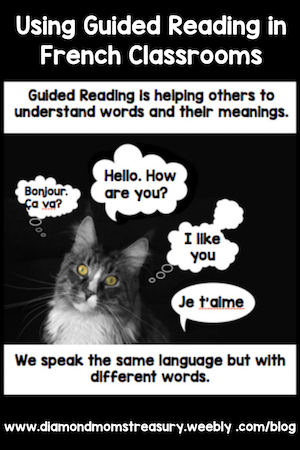
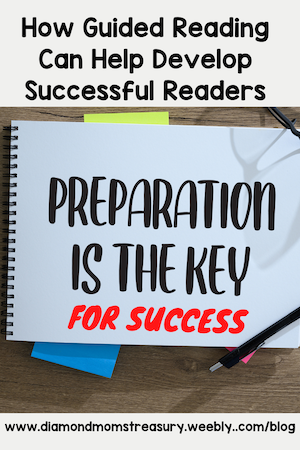
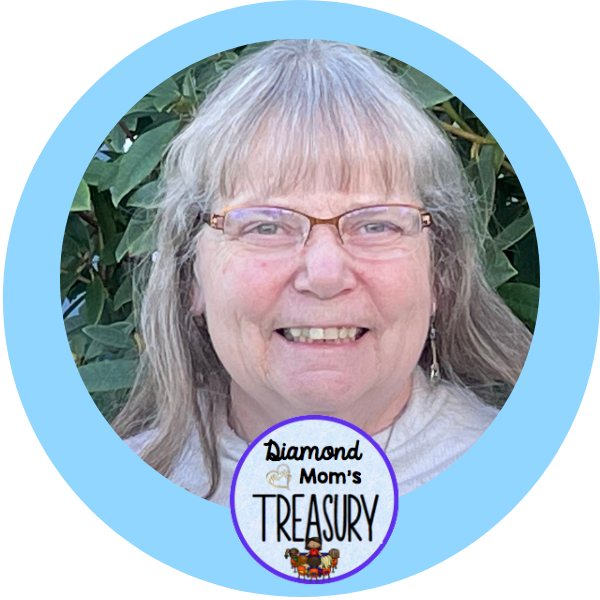


 RSS Feed
RSS Feed